
OpenCV for Secret Agents
¥80.65
This book is for programmers who want to expand their skills by building fun, smart, and useful systems with OpenCV. The projects are ideal in helping you to think creatively about the uses of computer vision, natural user interfaces, and ubiquitous computers (in your home, car, and hand).
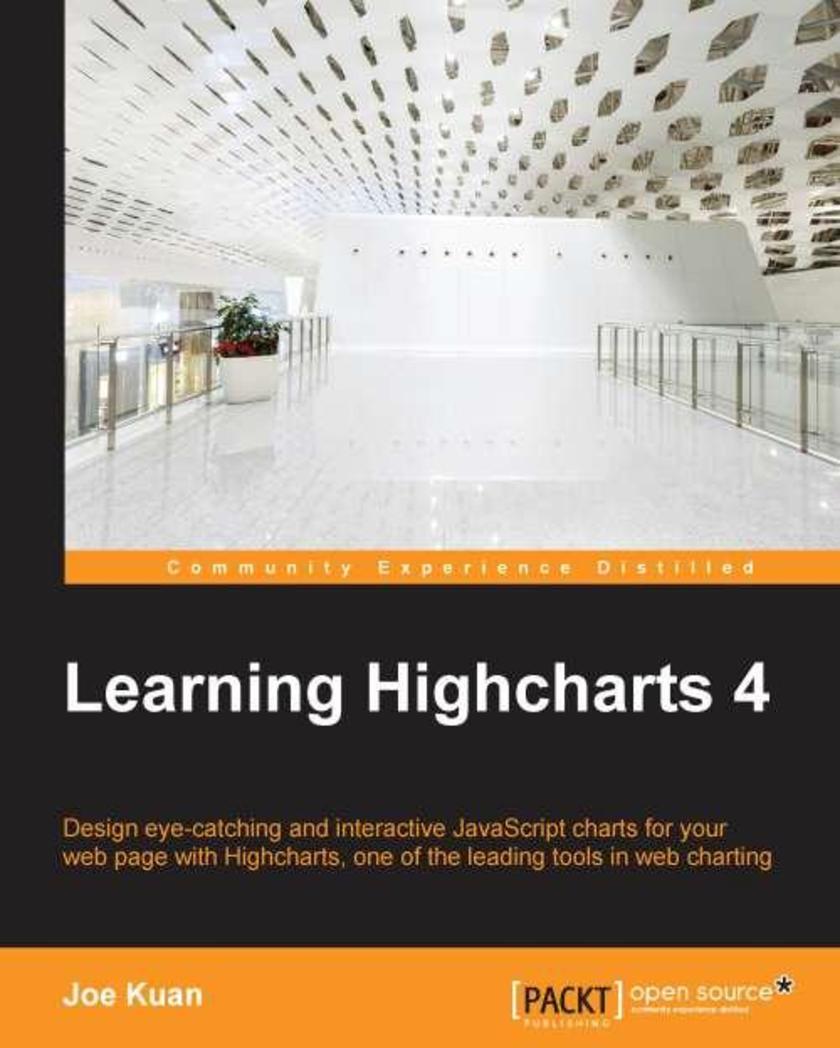
Learning Highcharts 4
¥80.65
The book is aimed at all levels of readers. Beginners can learn the basic configurations and step-by-step approaches in creating charts or Highcharts cloud. For intermediate and advanced readers, the book explores the APIs, events, server-side operations and plugins.
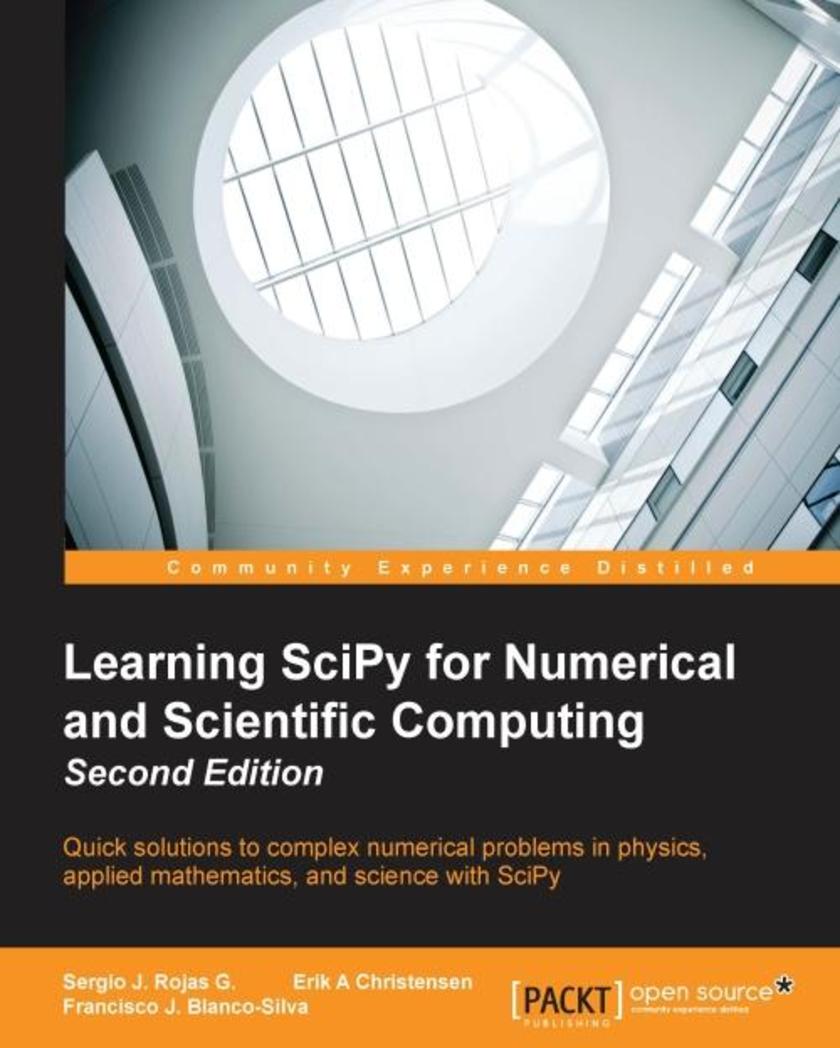
Learning SciPy for Numerical and Scientific Computing - Second Edition
¥54.49
This book targets programmers and scientists who have basic Python knowledge and who are keen to perform scientific and numerical computations with SciPy.
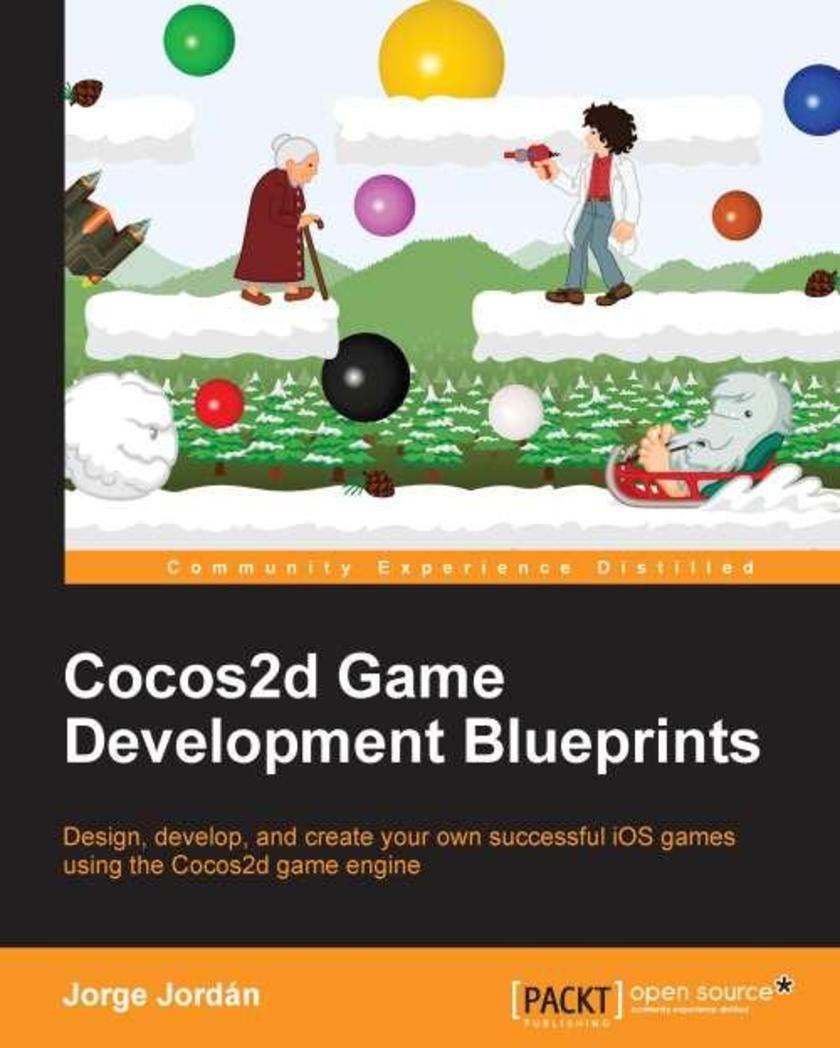
Cocos2d Game Development Blueprints
¥90.46
Whether you are a passionate gamer, like developing, or are just curious about game development, this book is for you. The book has been written to teach 2D game development to app developers and to teach Objective-C to game developers, as learning Cocos2d is the perfect step for both roles.
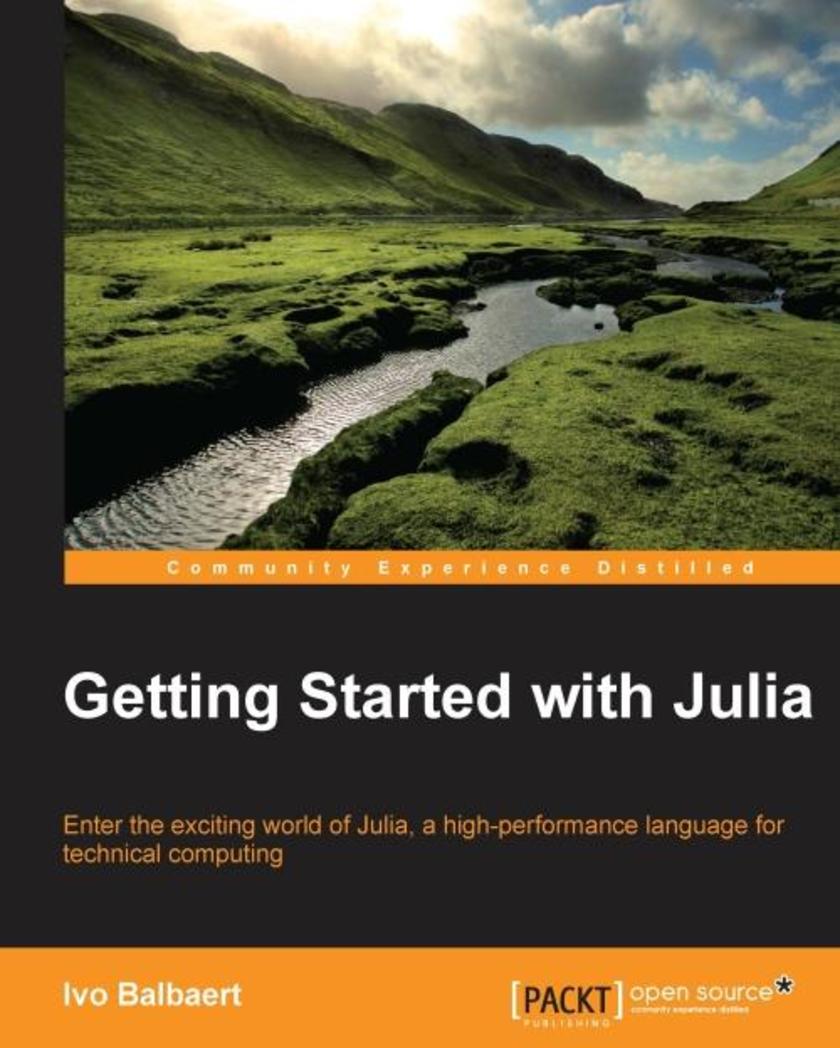
Getting Started with Julia
¥71.93
This book is for you if you are a data scientist or working on any technical or scientific computation projects. The book assumes you have a basic working knowledge of high-level dynamic languages such as MATLAB, R, Python, or Ruby.
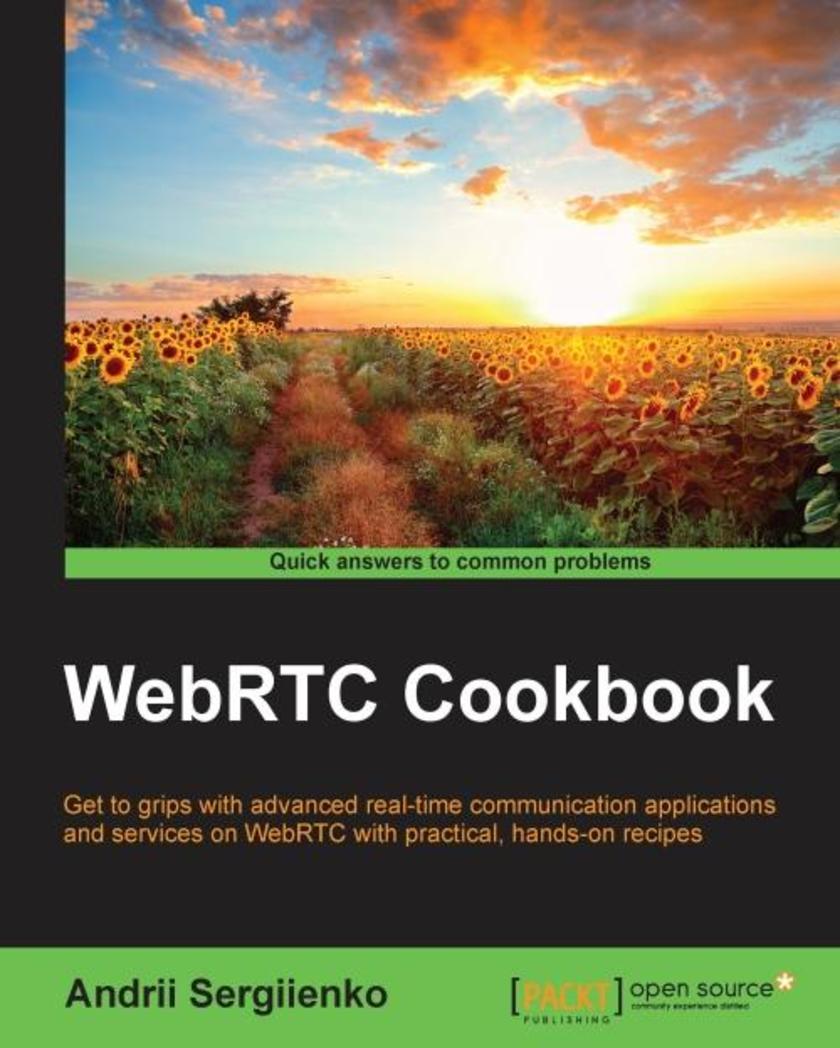
WebRTC Cookbook
¥80.65
If you are a JavaScript developer with a basic knowledge of WebRTC and software development, but want to explore how to use it in more depth, this book is for you.
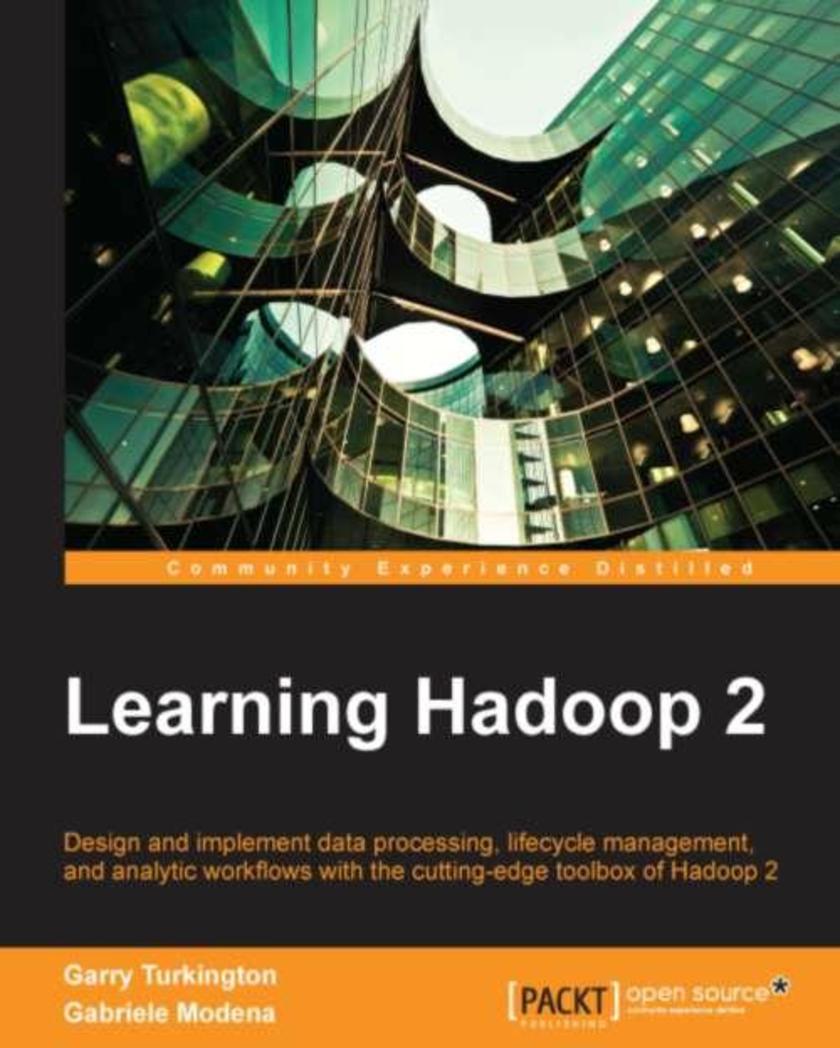
Learning Hadoop 2
¥90.46
If you are a system or application developer interested in learning how to solve practical problems using the Hadoop framework, then this book is ideal for you. You are expected to be familiar with the Unix/Linux command-line interface and have some experience with the Java programming language. Familiarity with Hadoop would be a plus.
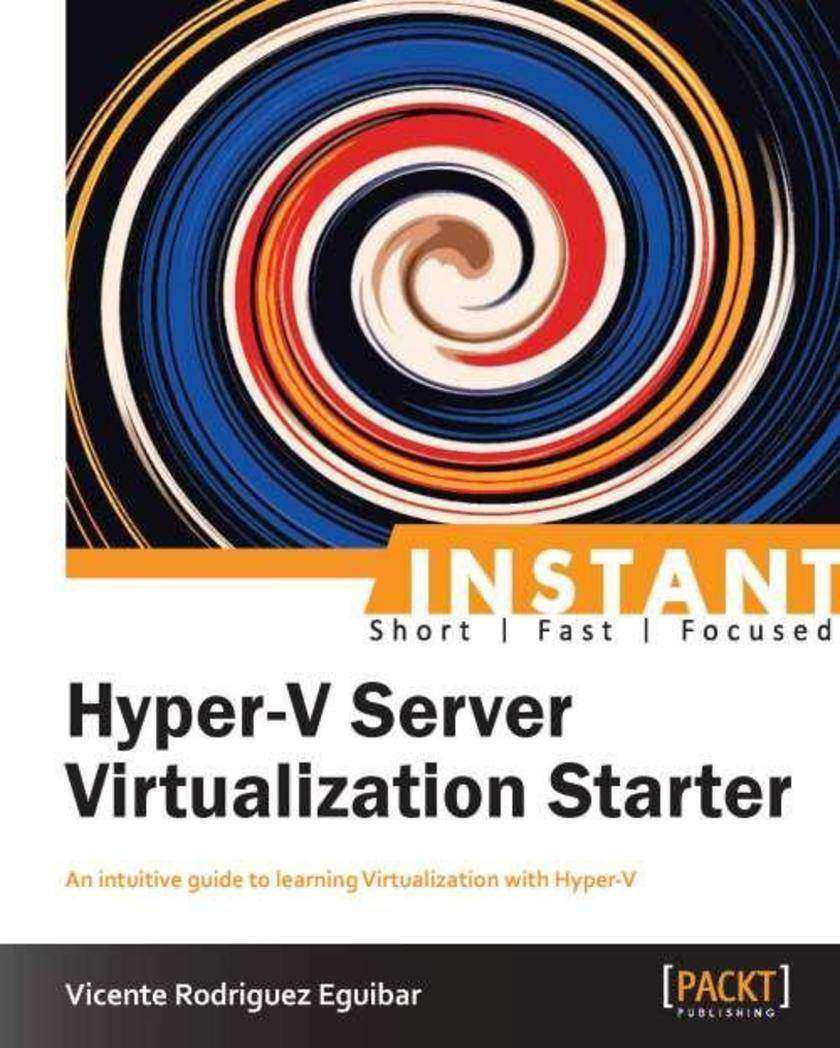
Instant HyperV Server Virtualization Starter
¥50.13
Get to grips with a new technology, understand what it is and what it can do for you, and then get to work with the most important features and tasks.The approach would be in a tutorial manner that will guide the users in an orderly manner toward virtualization.This book is conceived for system administrator and advanced PC enthusiasts who want to venture into the virtualization world. Although this book goes from scratch up, knowledge on server Operative Systems, LAN and networking has to be in place. Having a good background on server administration is desirable, including networking services.

OpenCart Theme and Module Development
¥54.49
This book is aimed at developers and designers who want to start developing their own themes and extensions and for those who want to know about the code workflow of the OpenCart theme and modules.
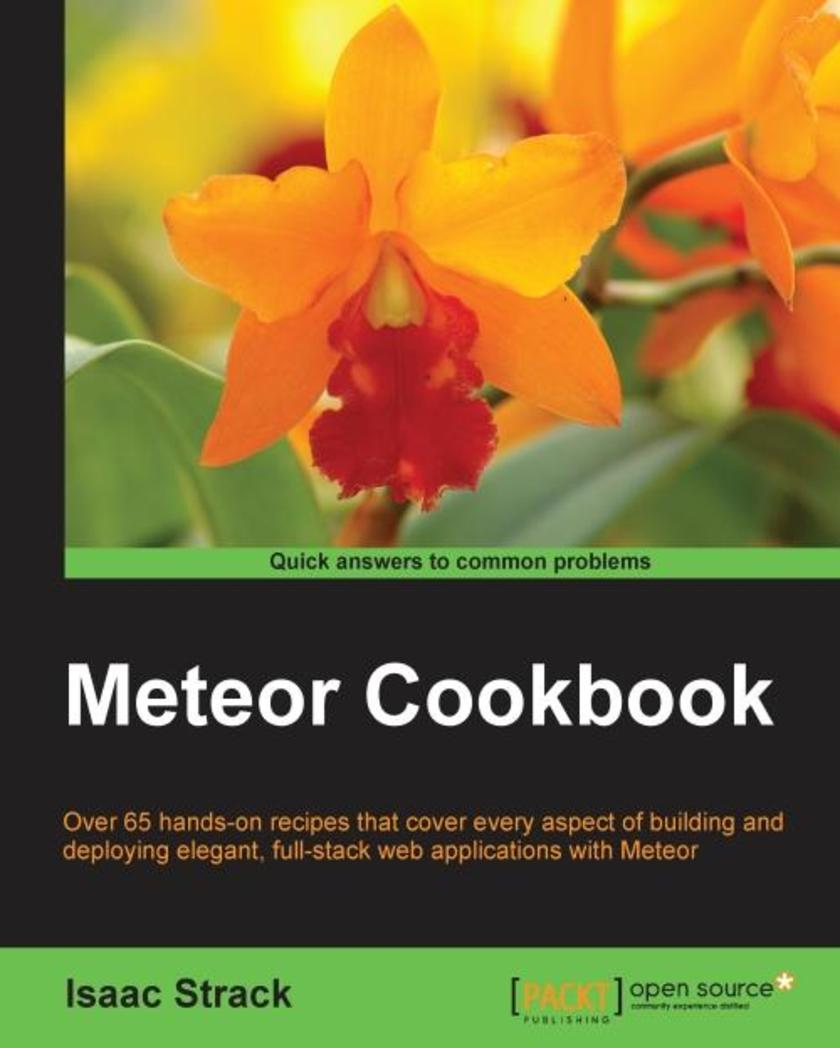
Meteor Cookbook
¥71.93
This book is meant for developers of all experience levels looking to create mobile and full-stack web applications in JavaScript. Many of the simple recipes can easily be followed by less-experienced developers, while some of the advanced recipes will require extensive knowledge of existing web, mobile, and server technologies. Any application or enterprise web developer looking to create full-stack JavaScript-based apps will benefit from the recipes and concepts covered in this book.
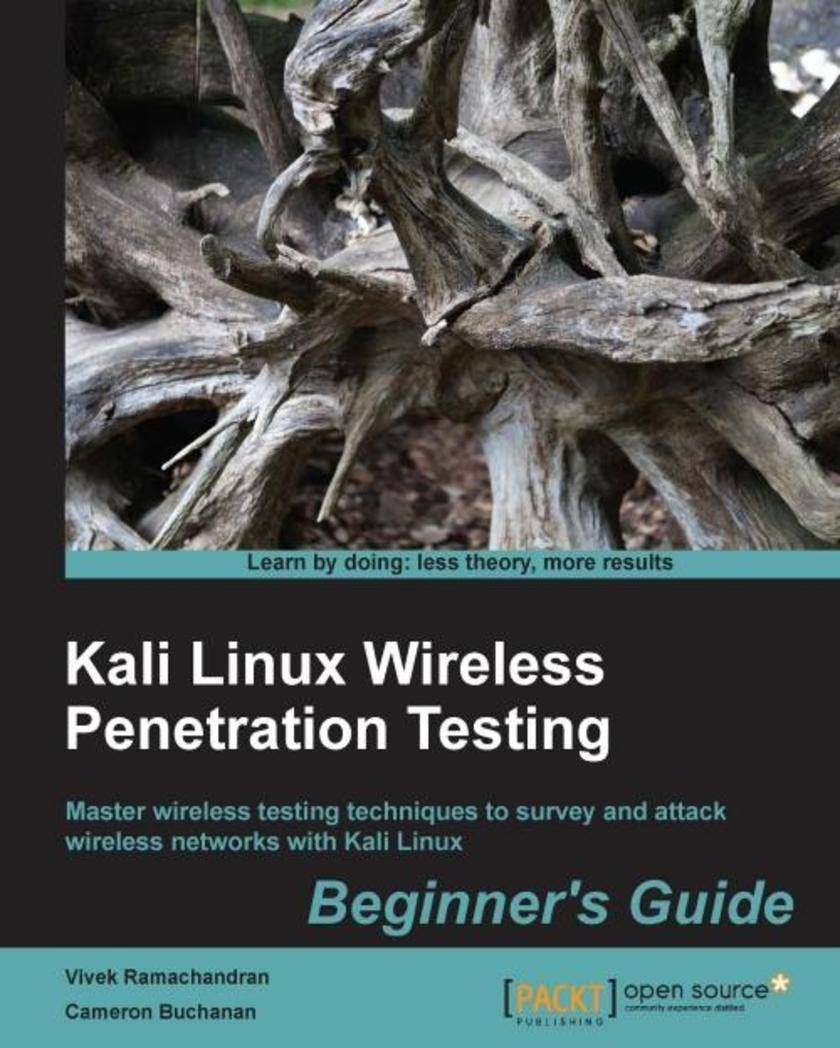
Kali Linux Wireless Penetration Testing: Beginner's Guide
¥80.65
If you are a security professional, pentester, or anyone interested in getting to grips with wireless penetration testing, this is the book for you. Some familiarity with Kali Linux and wireless concepts is beneficial.

Microsoft System Center 2012 R2 Operations Manager Cookbook
¥107.90
If you are tasked with monitoring the IT infrastructure within your organization, this book demonstrates how System Center 2012 R2 Operations Manager offers a radical and exciting solution to modern administration.
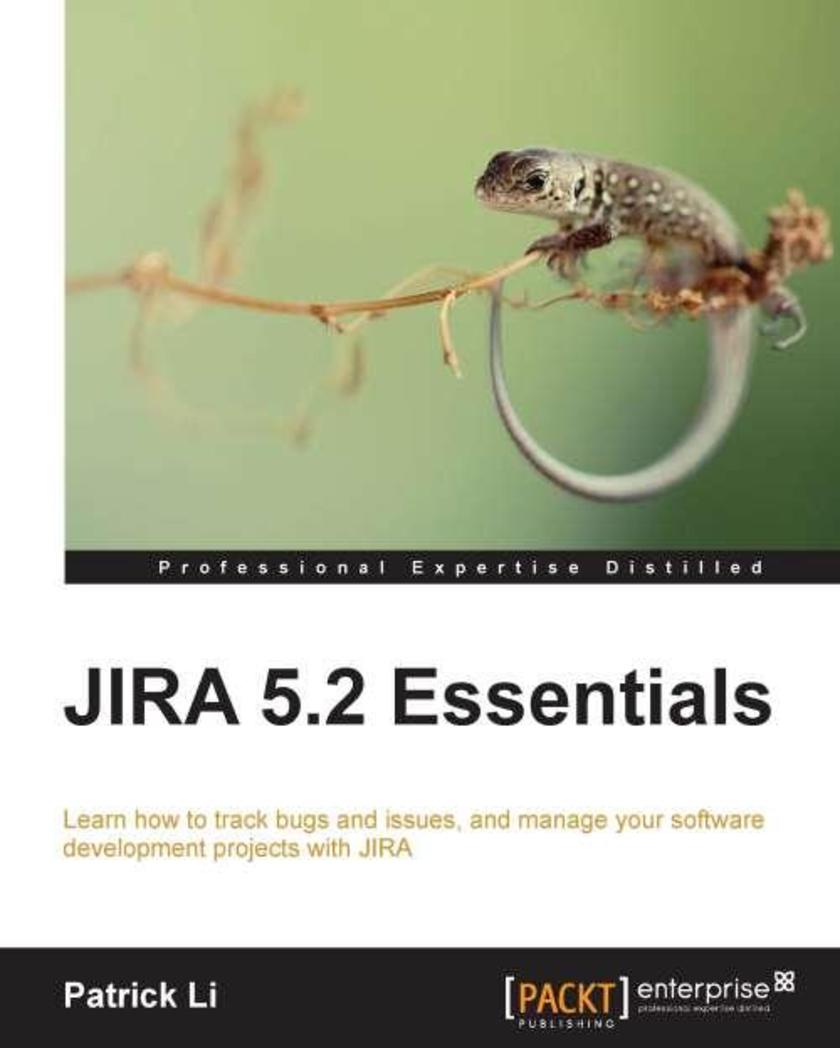
JIRA 5.2 Essentials
¥116.62
JIRA 5.2 Essentials is packed with real-world examples and practical tutorials which will help you become a JIRA expert. If you want to get started with JIRA, then this book is made for you. Only basic computer skills and project or issue management knowledge is required. The book will provide the rest. This book would also be of interest to experienced JIRA users who wish to improve their workflow and master the new features of JIRA 5.2.

Monitoring Hadoop
¥54.49
This book is useful for Hadoop administrators who need to learn how to monitor and diagnose their clusters. Also, the book will prove useful for new users of the technology, as the language used is simple and easy to grasp.

JavaScript Regular Expressions
¥63.21
This book is ideal for JavaScript developers and programmers who work with any type of user entry data and want sharpen their skills to become experts.
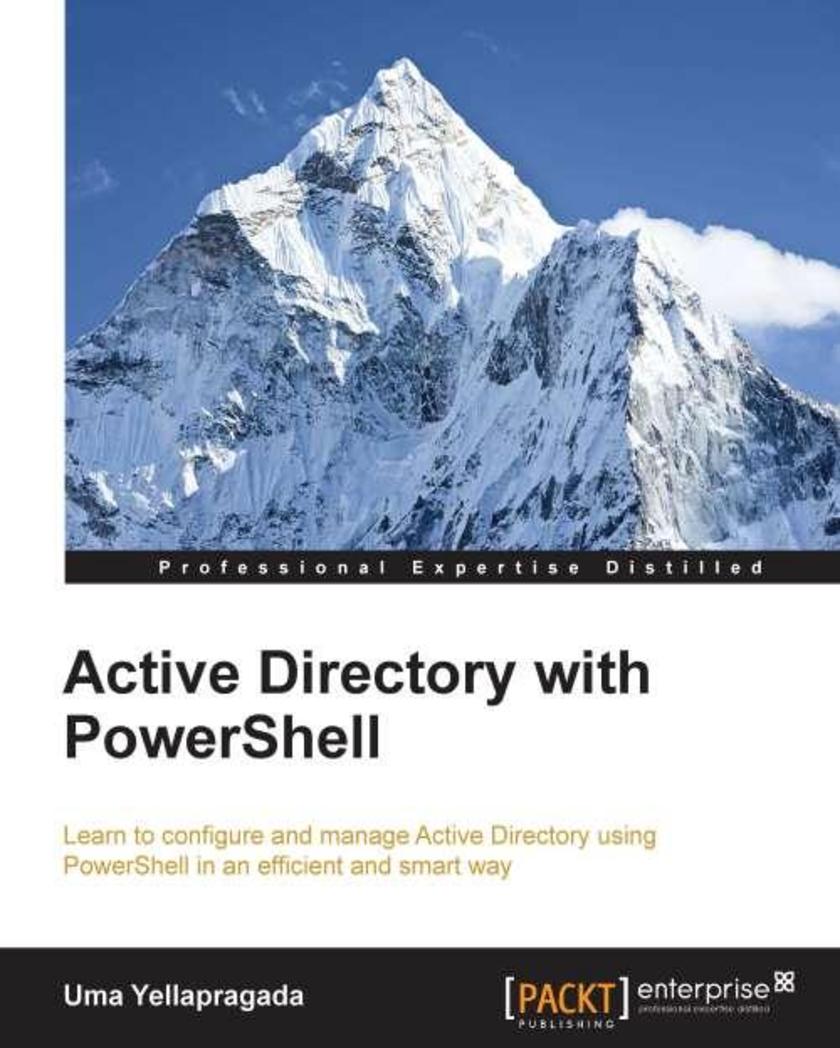
Active Directory with PowerShell
¥80.65
If you are looking to automate repetitive tasks in Active Directory management using the PowerShell module, then this book is for you. Any experience in PowerShell would be an added advantage.
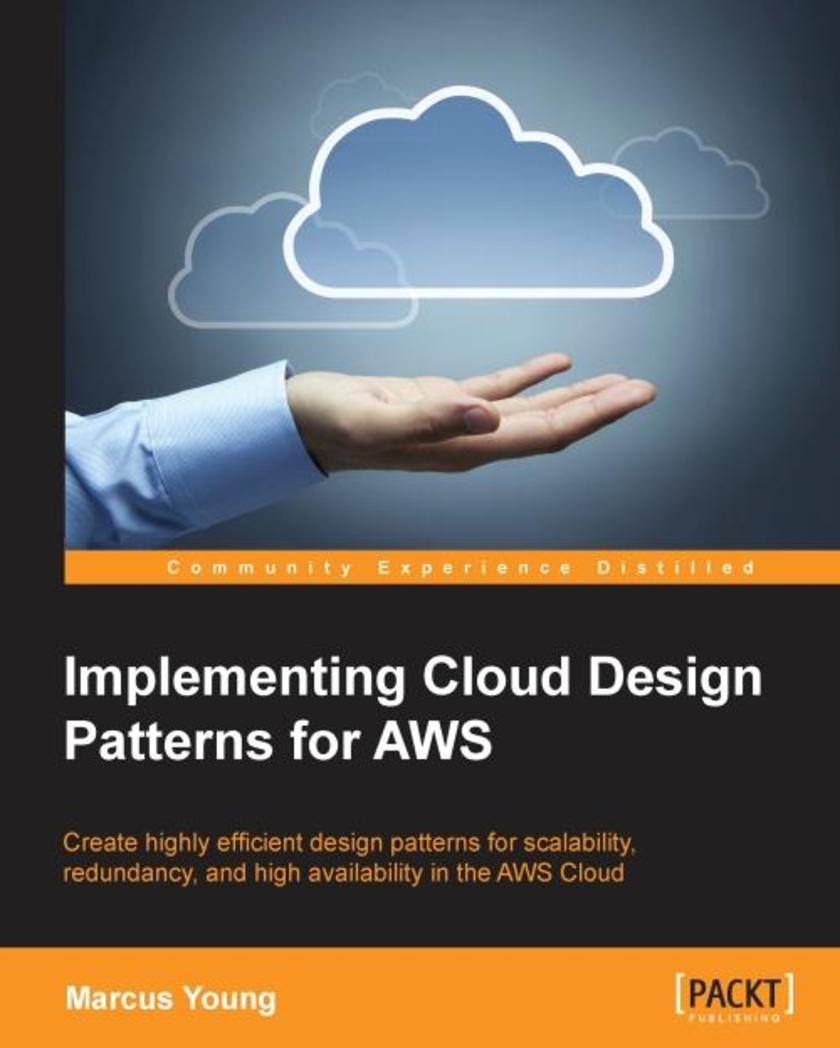
Implementing Cloud Design Patterns for AWS
¥80.65
This book is aimed at architects, solution providers, and those of the DevOps community who are looking to implement repeatable patterns for deploying and maintaining services in the Amazon cloud infrastructure. Prior experience using AWS is required as the book focuses more on the patterns and not on the basics of using AWS.

Mastering matplotlib
¥71.93
If you are a scientist, programmer, software engineer, or student who has working knowledge of matplotlib and now want to extend your usage of matplotlib to plot complex graphs and charts and handle large datasets, then this book is for you.
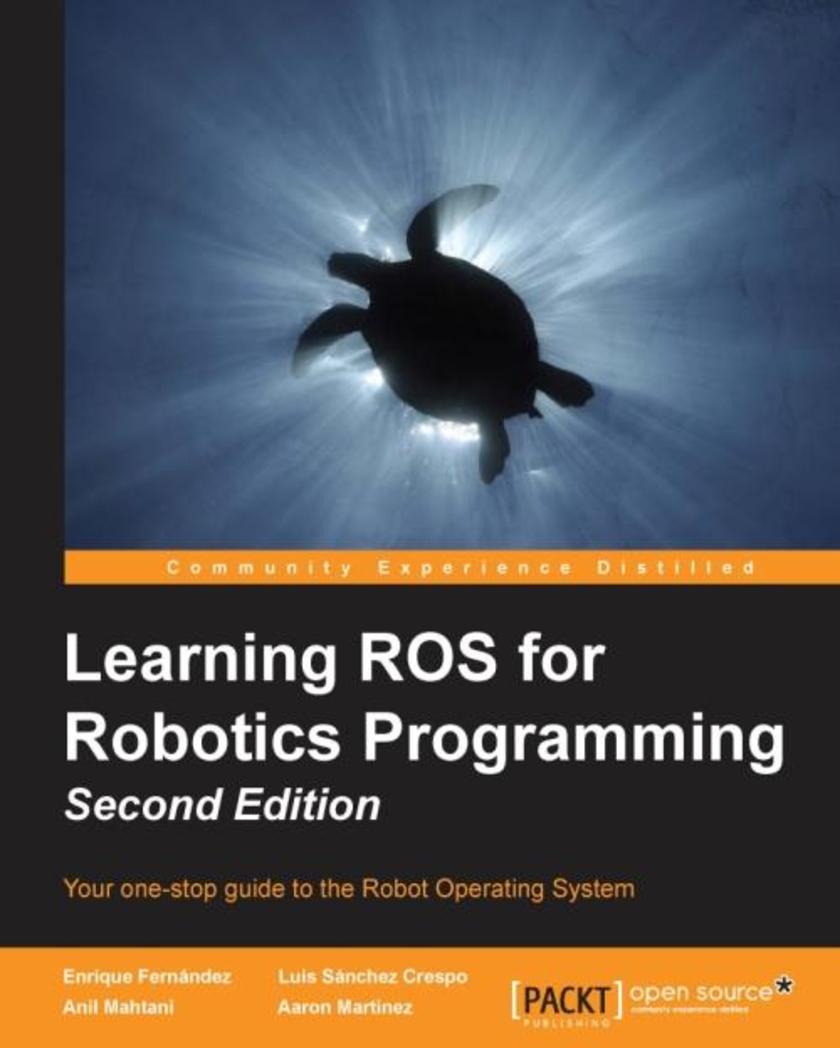
Learning ROS for Robotics Programming - Second Edition
¥99.18
In order to make the most of the book, you should have a C++ programming background, knowledge of GNU/Linux systems, and general skills in computer science. No previous background in ROS is required, as this book takes you from the ground up.
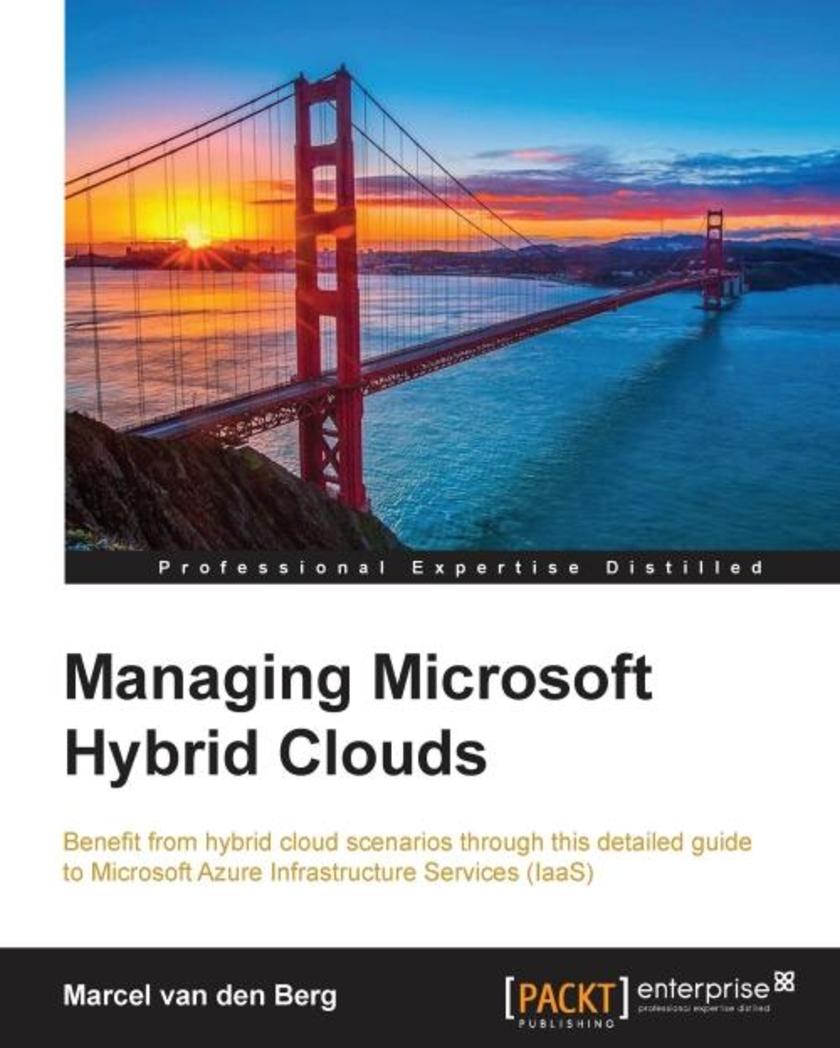
Managing Microsoft Hybrid Clouds
¥107.90
If you're an IT professional, manager, consultant, or architect who wants to learn about hybrid cloud computing using Azure, then this is the book for you.
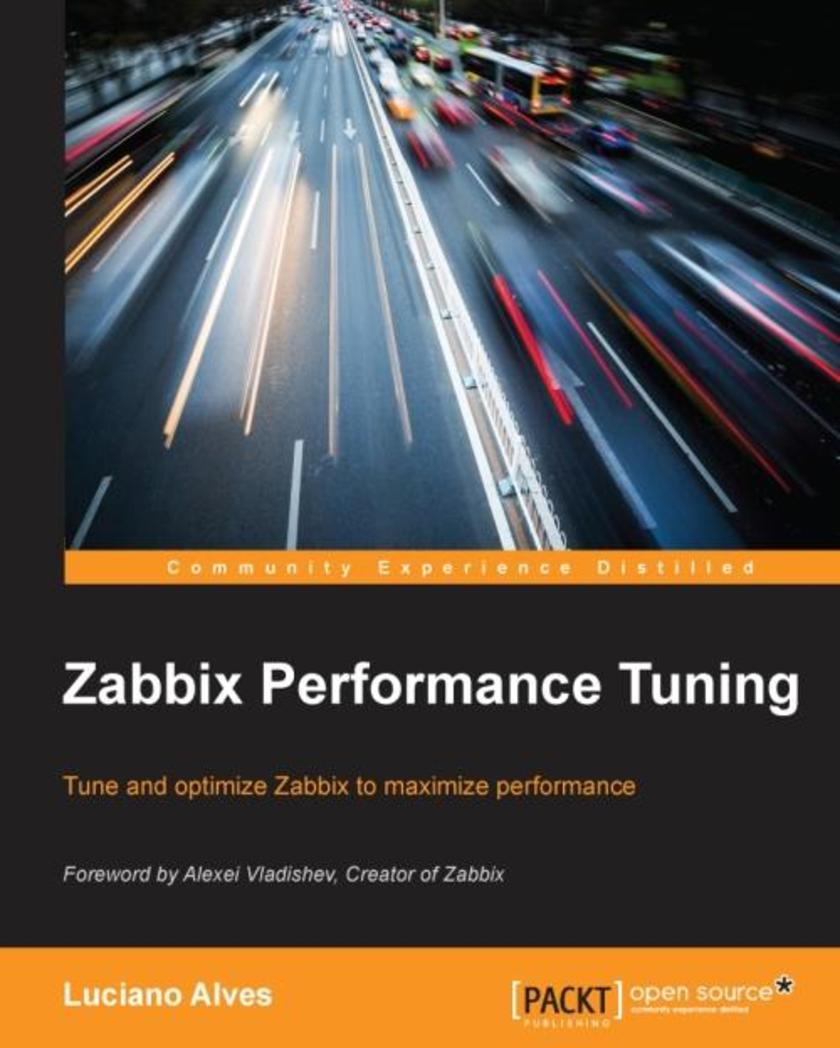
Zabbix Performance Tuning
¥54.49
This book is aimed at Zabbix administrators who want to learn how to improve the performance of the Zabbix system. Basic knowledge of Zabbix's components and features is assumed.




 购物车
购物车 个人中心
个人中心



